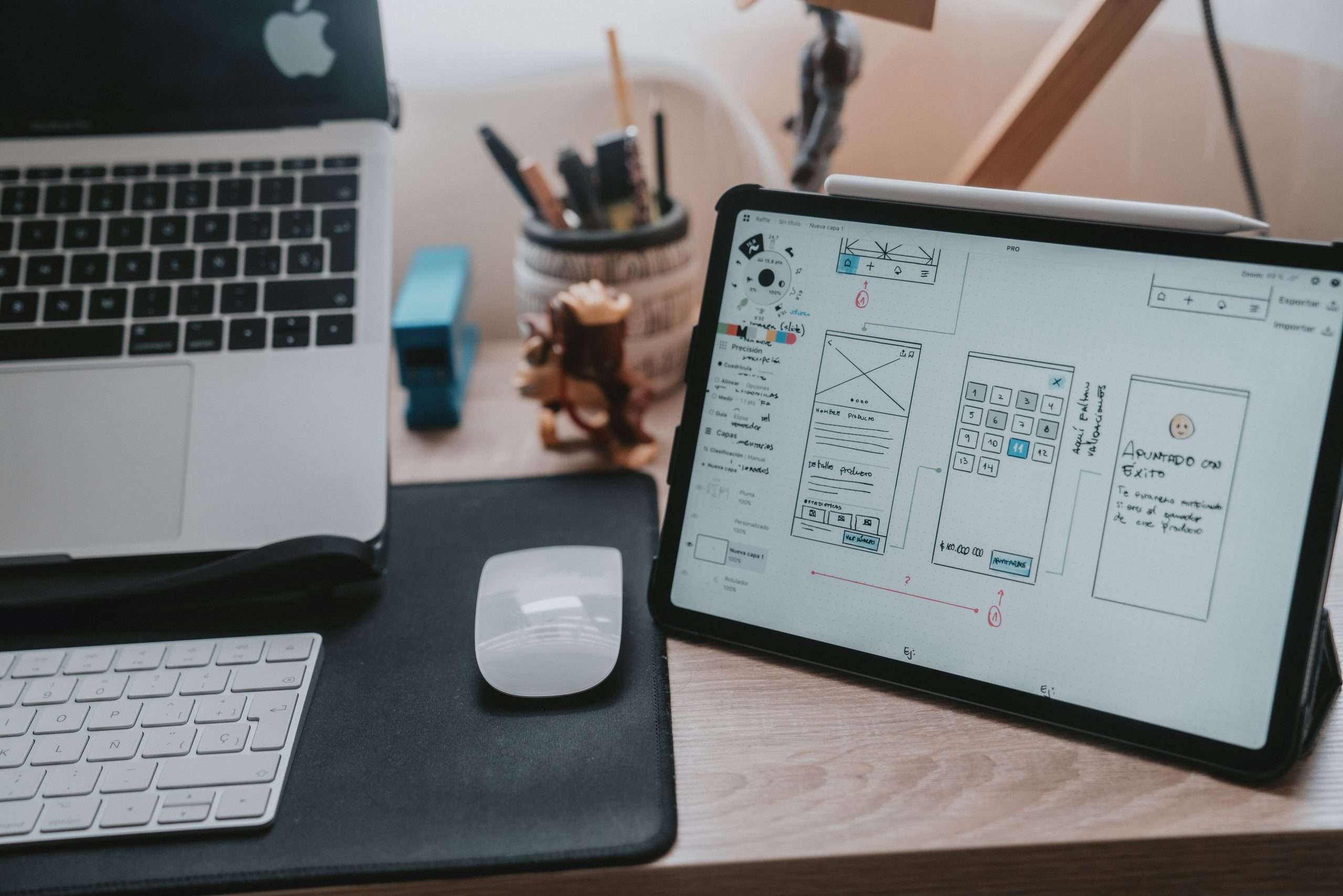

Companies must always innovate to stay ahead of the competition in today’s fast-paced and ever-changing business climate. However, many firms continue to approach product innovation with a traditional, technology-driven attitude, resulting in goods that may not fulfill their customers’ needs and expectations. Your primary goal of product lifecycle management should be to optimize product development, improve efficiency, and reduce time-to-market. Customer-centric design thinking comes into play here. CXOs and decision-makers can gain a deeper understanding of their customer’s demands and pain spots by putting the customer at the center of the product design process, resulting in solutions that are not only creative but also user-friendly and intuitive. Businesses can develop stronger customer relationships, boost customer satisfaction, and drive growth and success by reinventing product creation through consumer-centric design thinking. Why not start today by taking the first step toward a more customer-centric approach to product innovation?
Concurrent Engineering Leads to Improved Productivity and Reduced Cost
Concurrent engineering is a technique in which numerous teams collaborate to simultaneously design and construct a product. The goal is to minimize time to market while improving final product quality. Design thinking and concurrent engineering can propel product development forward. Teams better grasp the demands of their users by adopting design thinking methodologies, and by working concurrently, they can produce solutions more quickly. For example, when developing a new smartphone, the design team can employ design thinking to determine which features people desire and how they intend to use the device. The engineering team can work on the technical components of the phone’s hardware and software at the same time.
By combining these two approaches, the design team may comment on the feasibility of the proposed features. In contrast, the engineering team can provide feedback on the design’s practicality. This feedback loop assists teams in refining their ideas, resulting in a product that better satisfies users’ needs. Furthermore, operating concurrently can dramatically cut time to market, allowing the product to reach the market faster.
What is going on at the Design Thinking Success Hub?
Slack’s new Slack Connect DM feature is a recent example of design thinking in action in the tech industry. In early 2021, Slack launched a new “Slack Connect DMs” feature to help users communicate and collaborate more efficiently with people outside their organization. The feature allows users to send direct messages to people in other companies they collaborate with without creating a separate channel or workspace. Slack used a design thinking approach that involved extensive research, prototyping, and testing to develop this feature.
They interviewed customers and analyzed their behavior and feedback to understand their pain points and needs. They then created multiple prototypes of the feature and tested them with users to gather feedback and refine the design. Through this process, Slack identified that users needed a more streamlined and efficient way to communicate with external partners. After its launch, the feature was well-received by users. Slack reported a 50% increase in direct messages sent through the platform.
The feature’s success highlights the importance of using a design thinking approach to create user-centered solutions that address real customer needs in the tech industry. Of course, the finest product development teams have been using some form of design thinking for decades, albeit under a different name. However, this has not been the case. Many products failed to achieve market success despite being feature-rich and technologically sophisticated.
In 2021, Google launched a redesign of its search results page to provide users with more context and make it easier to find what they were looking for. However, the redesign was met with widespread criticism. Many users complained that it made the search results page cluttered and difficult to use. Some of the key issues that users raised with the redesign included:
- The new design made distinguishing between ads and organic search results harder.
- The spacing between search results needed to be bigger, leading to more scrolling and making it harder to scan the page.
- The new font was more difficult to read than the previous font.
Google has since made some changes to the redesign based on user feedback. However, it remains unpopular with many users. This example shows that failing to meet user needs and preferences is still possible even with a design thinking approach. It highlights the importance of continued user testing and feedback and the need to be open to making changes based on that feedback.
Product Lifecycle Management & Customer-Centric Design Thinking
Assuming you’ve questioned why companies with low R&D expenditures dominate the market. In that scenario, it’s because they employ design thinking to produce services that connect with users emotionally and visually rather than just form and functionality. A few organizations with a product design background may question what all the fuss is about. Of course, you must assess a new product through the eyes of the user! But can you do it all by yourself?
PLM and customer-centric design thinking are closely related concepts that aim to enhance the overall product development and customer experience. Product lifecycle management is a comprehensive approach that manages the entire lifecycle of a product, from its inception to its retirement. It involves the coordination of people, processes, and data across various stages, including ideation, design, engineering, manufacturing, distribution, and end-of-life management. Involve yourself in empathizing with the customers, defining their problems, ideating potential solutions, prototyping and testing those solutions, and iterating based on user feedback. The ultimate objective of customer-centric design thinking is to create products that meet customers’ needs and deliver exceptional experiences.
At Payoda, our design thinking approach places the consumer—and the customer experience—at the center of product creation. This leads to a mindset shift for engineers and a culture shift in product design. As a result, solutions that directly answer customer needs—including those that the customer was unaware of—are developed. Finally, design thinking advances concurrent engineering by taking a user-centered approach to product creation. Our expertise is sure to produce better products faster by applying design thinking methodologies to understand the user’s demands and working concurrently to generate solutions.
Talk to our solutions expert today.
Our digital world changes every day, every minute, and every second - stay updated.









